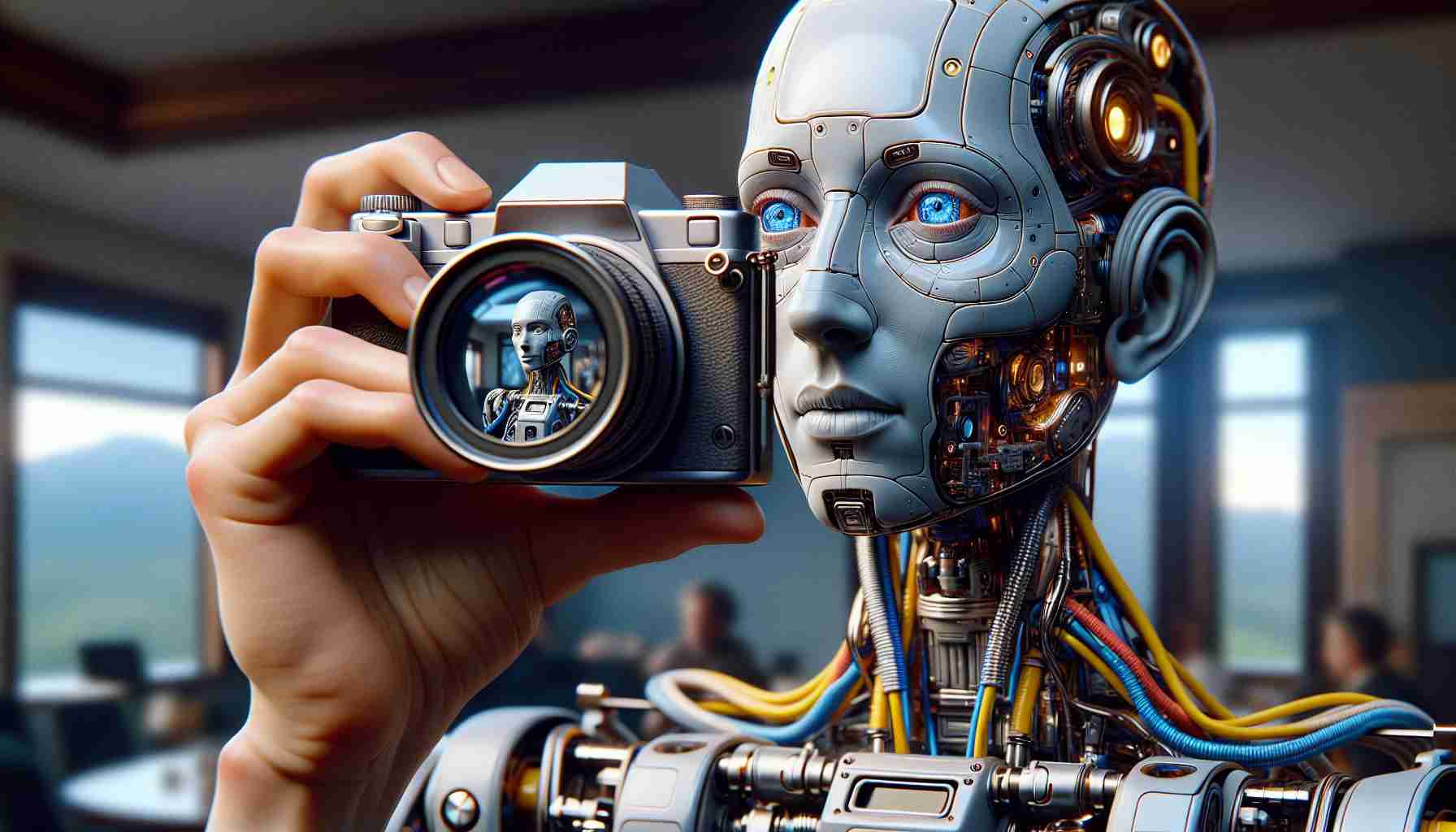Can humanoid robots become your personal companion at home? With the rise of artificial intelligence, this question seems more relevant than ever. Sophia, the humanoid robot developed by Hanson Robotics, has been making headlines for years with her human-like expressions and conversational abilities.
However, many wonder: Can you actually purchase a Sophia robot for your own use? As of now, Hanson Robotics’ mission is primarily centered around developing public-centric AI solutions rather than individual consumer products. Sophia was designed to be an ambassador of AI, showcasing what is possible with cutting-edge robotic technology.
But there’s another side of the story. Hanson Robotics has recently announced plans to introduce a smaller, more accessible sibling to Sophia, called “Grace,” which will soon be available for healthcare applications. Grace is designed to assist in eldercare and medical fields, displaying empathy and offering support for non-critical tasks alongside professionals.
While owning Sophia might not be in the cards for everyday consumers just yet, the emergence of consumer-ready AI robots for specific industries signals a new wave of technology integration into daily life. Although Sophia herself remains firmly in the realm of public demonstration and education, it’s clear that robotic companions are closer to our reality than ever before.
Stay tuned, as advancements in AI and robotics continue to evolve rapidly—bringing science fiction dreams into tangible existence.
The Rise of Robotic Companions: How AI is Revolutionizing Human Interaction
As robotics technology continues to advance, the potential impact on humanity is boundless. Beyond healthcare applications, AI-driven robots are emerging as key players in diverse sectors, ushering in a new era of human-robot interaction. An intriguing development is the integration of robots into education, where they can serve as personalized tutors, offering tailored learning experiences and assisting students in grasping complex concepts.
What does this mean for global learning standards? The potential democratization of education through robotic tutors poses both opportunities and challenges. On the one hand, these AI companions could fill educational gaps in underserved regions, providing quality education more widely. However, the shift also raises concerns about the potential dependency on technology and the erosion of human teacher roles.
Controversies surrounding privacy and autonomy also pepper the conversation. With robots collecting data to customize interactions, questions arise: how much data should they have access to, and who controls it? These issues urge careful consideration as we forge ahead into this AI-driven future.
Interestingly, robotic companions are poised to change not just how we learn or receive care, but how we express creativity. AI-powered companions are being utilized in creative fields to co-write music, art, and narratives, expanding human potential but also prompting a debate on originality and creative ownership.
Advantages and Disadvantages: The integration of AI robots offers unprecedented convenience and efficiency, promising improved outcomes in various domains. Nevertheless, there’s anxiety about job displacement and the societal implications of a highly automated future.
Explore more on the forefront of AI innovation from leading tech sites such as The Verge and Wired. As we witness these monumental shifts, it’s crucial to stay informed and engaged with the evolution of robotics shaping our lives.



















